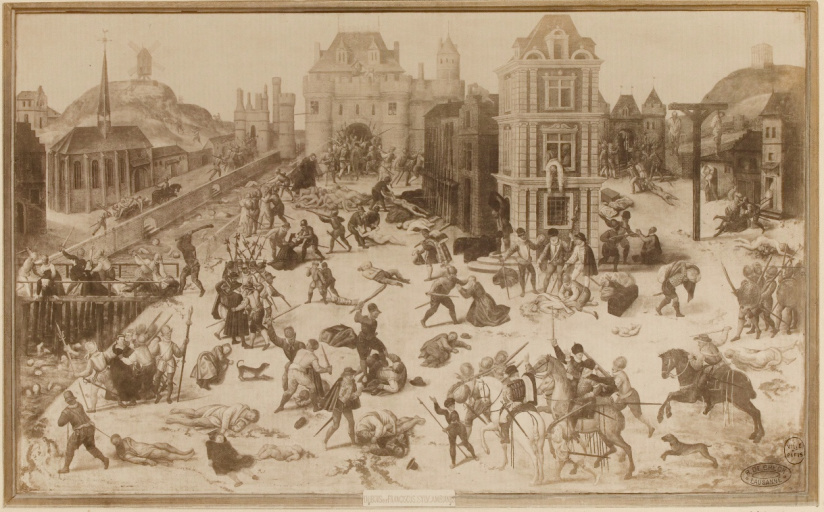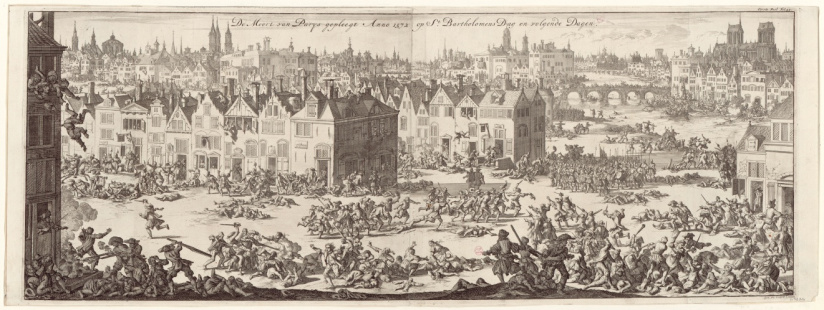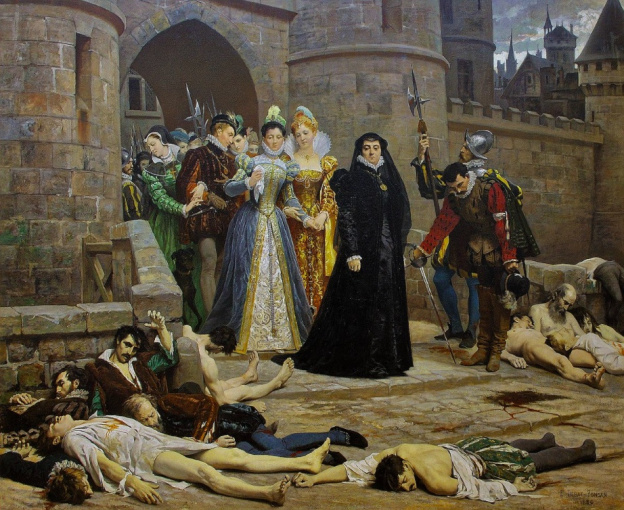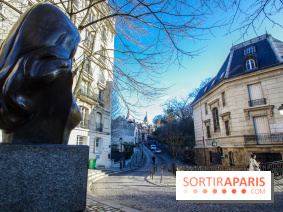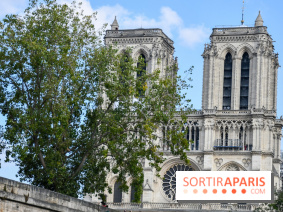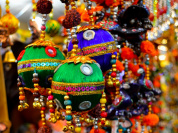On St. Bartholomew' s Day , Thursday August 24, 1572, thousands of Protestants were massacred in the streets of Paris. The culmination of devout fanaticism and the Wars of Religion between Catholics and Protestants that had been raging throughoutFrench history for a decade, the St. Bartholomew's Day massacre led to the violent execution of 4,000 Huguenots in Paris, before spreading to some fifteen other towns in the kingdom of France.
Yet tensions seemed to have eased between the two churches, at least in theory. After the first two bloody Wars of Religion, theEdict of Peace of Saint-Germain-en-Laye signed by King Charles IX andAdmiral Gaspard de Coligny, leader of the Protestants, put an end to the third religious war on August 8, 1570. But the treaty, which granted new security guarantees to the Huguenots, aroused the ire of the ultra-Catholics, led by the de Guise brothers, who considered it too favorable to the Protestants.
So, to consolidate the ties between the two clergy and seal this fragile reconciliation, regent Catherine de Médicis promised her daughter, Marguerite de Valois, to Protestant leader Henri de Navarre. The marriage of Queen Margot and Henri IV took place on August 18, 1572 at Notre-Dame Cathedral in Paris, just a few days before the St. Bartholomew's Day massacre. What happened between August 18 and August 24, 1572, to escalate the situation?
Against a backdrop of a subsistence crisis and poor economic conditions, the people of Paris were unhappy with the lavish festivities of the newlyweds and the elites invited to take part - Catholics and Protestants having been jointly invited to the banquets and parties.
On the morning of August 22,Admiral Gaspard de Coligny, an advisor to King Charles IX who had converted to Protestantism, was the victim of an assassination attempt. He was shot twice with an arquebus by a Gascon captain, de Maurevert, as he left the Louvre, where he was taking part in the King's Council on the future war in Flanders, planned to support the insurgents against Philip II of Spain.
The leader of the Protestant faction was certain that a war against Spain was the best way to reconcile Catholics and Protestants against a common adversary, but the Duc de Guise, leader of the Catholic faction along with the Duc d'Anjou and the probable mastermind of the assassination attempt, was furiously opposed.
The homicide failed, and de Coligny was only wounded, but the event rekindled tensions between the two clergies. An angry King Charles IX went to his advisor's bedside to plead with him not to seek revenge, but Protestant commanders were already demanding justice. At the Palais du Louvre, Catherine de Médicis faced the wrath of Catholic leaders who felt that the monarchy was too lenient and permissive with the Huguenots.
Fearing a reformed rebellion led by the dominant figure of de Coligny, and in order to save the monarchy, the Queen Mother convened a Royal Council on the night of August 23-24, 1572, during which she and the king's Catholic entourage decided to eliminate Admiral de Coligny and other Protestant leaders - most of whom were in town to attend the wedding festivities. A list of Huguenots is drawn up.
Depending on the hypothesis, Charles IX may have suffered the Council's decision and capitulated to the pressure exerted by the pro-Spanish Catholic party, or he may have ordered the assassinations himself in order to stem a possible Huguenot conspiracy. On August 24, 1572, the bell of thechurch of Saint-Germain-l'Auxerrois rang the tocsin, signalling the start of the St. Bartholomew's Day massacre.
Admiral de Coligny is brutally murdered in his bed by a mercenary, Charles Danowitz. After being defenestrated, the corpse was handed over to the people, emasculated, thrown into the Seine, fished out and dragged through the streets of the capital, then hung by the feet from the gallows at Montfaucon. His main lieutenants, La Rochefoucauld, Téligny, Nompar de Caumont and Soubise, along with some 200 Huguenot nobles lodged in the Louvre and adjoining streets, were killed by Catholic guards and militiamen wearing white crosses on their hats and white scarves as distinctive signs.
But the people of Paris, who thought they were acting in accordance with Charles IX, showed blind fanaticism and took advantage of the exactions launched by the sovereign to quench their anti-Huguenot thirst. For three days, Protestants were hunted down throughout the city, and the streets were bathed in their blood. Men, women and children were massacred indiscriminately and in atrocious conditions, their possessions looted. The violence was extreme and beyond royal control. Although Protestant, Henri de Navarre and the Prince de Condé were spared because of their royal blood, on condition that they converted to Catholicism.
By mid-day, Charles IX ordereda halt to the massacre, but the monarch found it difficult to make himself heard, and the conflict spread to some fifteen provincial towns, against the monarch's advice. In La Charité-sur-Loire, Meaux, Bourges, Orléans, Angers, Saumur, Lyon, Troyes, Rouen, Bordeaux, Toulouse, Castres, Gaillac and Albi, local Saint-Barthélemy massacres were organized from mid-August to mid-September 1572, resulting in the deaths of over 10,000 Protestants in the kingdom. In the face of Catholic pressure, theEdict of Pacification of Saint-Germain-en-Laye was abolished, marking the start of the Fourth War of Religion.
If you want to go even further, head for the 1st arrondissement, to discover thechurch of Saint-Germain-l'Auxerrois, a stone's throw from the Louvre, from which the tocsin sounded on the night of August 23-24, 1572. It's one of the oldest churches in Paris and one of the capital's greatest Gothic monuments .
Location
Saint-Germain l'Auxerrois church
2 Place du Louvre
75001 Paris 1
Access
Metro Louvre - Rivoli - Pont Neuf.
More information
Iconography: Top: Le Massacre de la Saint-Barthélemy by François Dubois, Musée cantonal des Beaux-Arts de Lausanne.
La Nuit de la Saint Barthélémy, Luyken or Luiken or Luijken, Jan or Johannes, Musée Carnavalet Un matin devant la porte du Louvre, Édouard Debat-Ponsan, 1880, Clermont-Ferrand, Musée d'art Roger-Quilliot.
